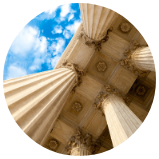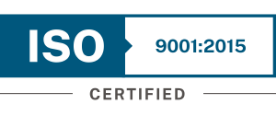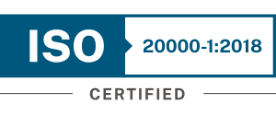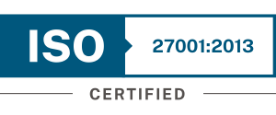GRSi, a company with a two-decade track record in infrastructure modernization, architecture design, software engineering, technology assessment and insertion, and multi-tier IT service management solutions, has become part of the DLH family. We are leveraging our synergistic strengths to foster an era of unparalleled innovation and the development of superior digital solutions.
GRSi brings to the table an impressive portfolio in infrastructure modernization, architecture design, software engineering, technology assessment and insertion, and multi-tier IT service management solutions. As we strive to integrate our digital footprints, you can explore more about these areas of expertise.
The DLH team is eagerly embarking on this thrilling new chapter of strategic growth. Together with GRSi, we believe we can deliver state-of-the-art solutions that align with our customer’s evolving needs. We invite you to continue exploring our website. Please scroll down for more comprehensive information.

















